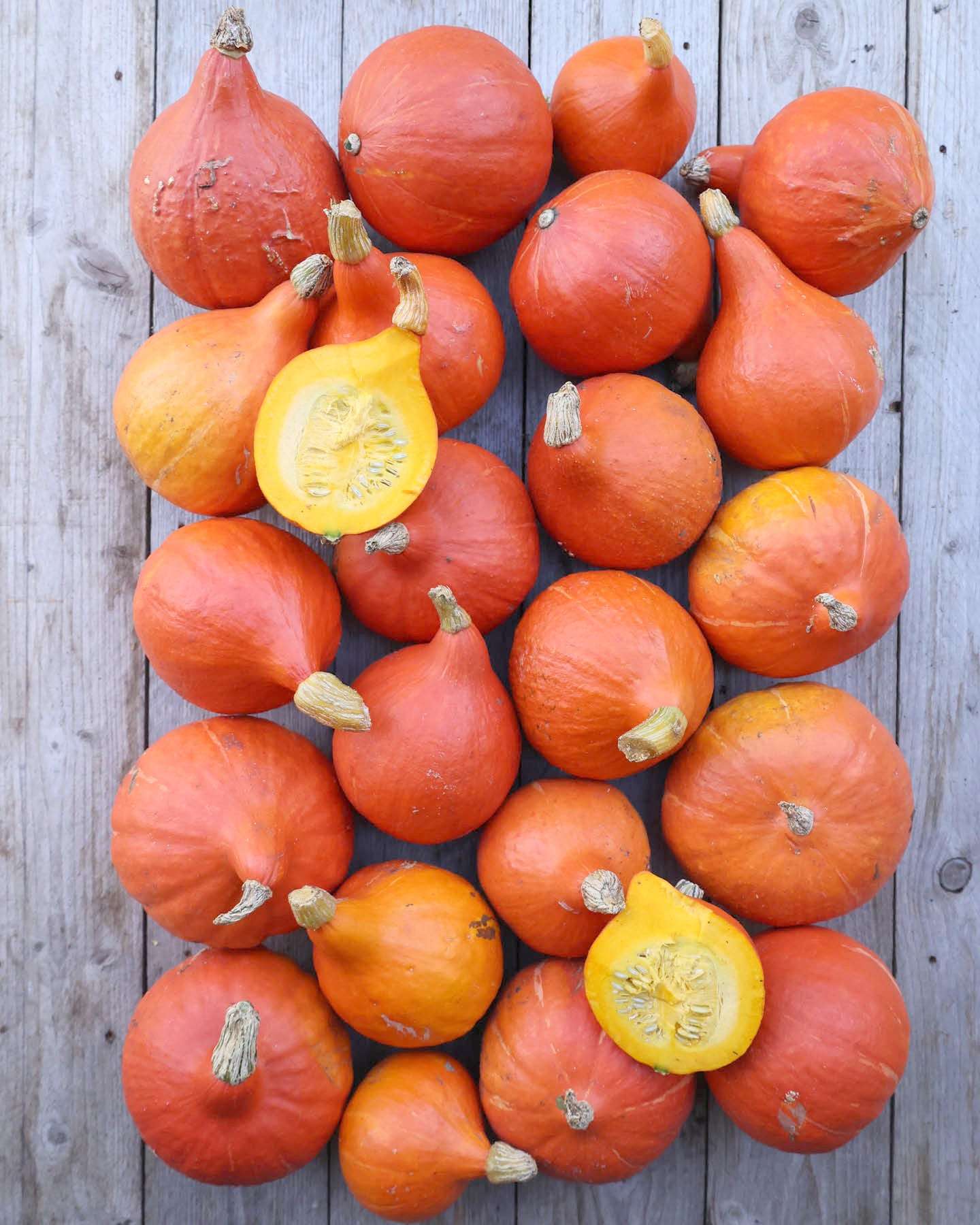Girls, your performance!
When you hear the word "chicken farming," you don't immediately think of gardens. But chickens thrive in the garden, the effort involved in keeping them is manageable, you get fresh, organic eggs, and the poultry is amazingly entertaining. Cheers to the backyard chicken!
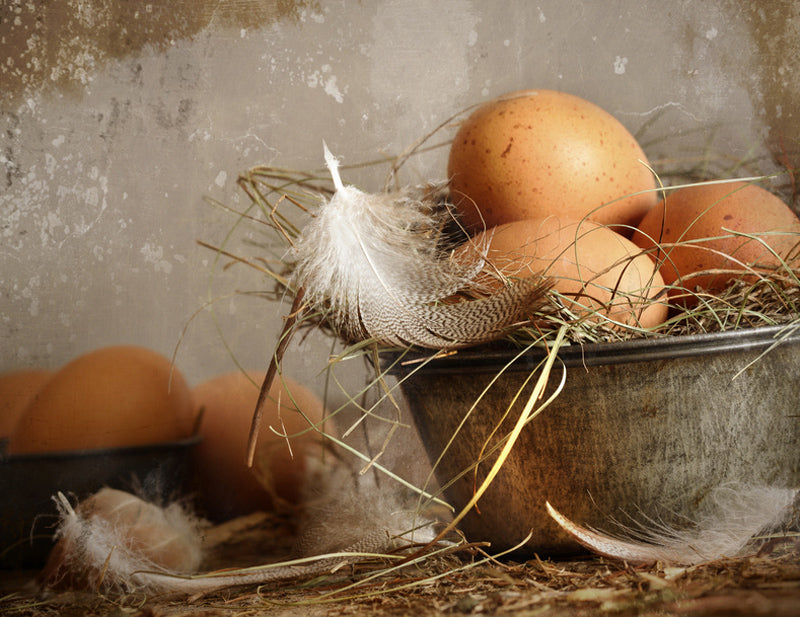
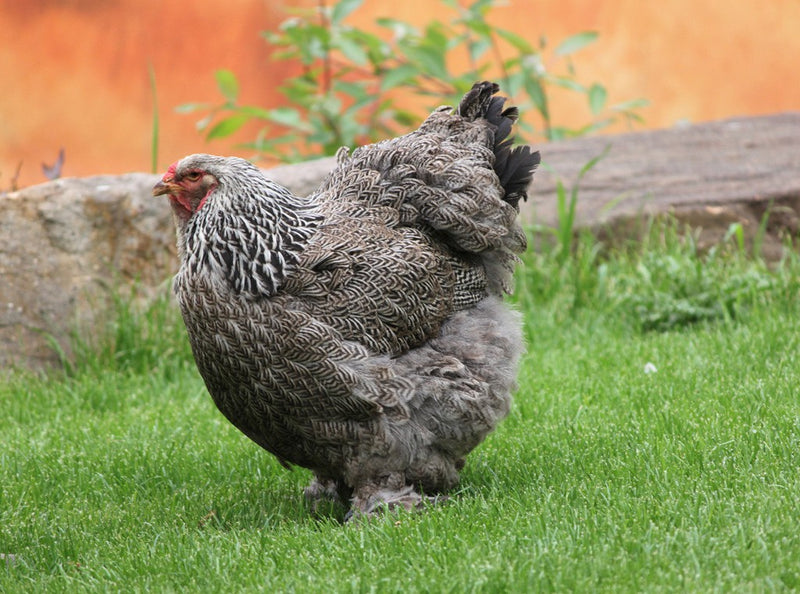
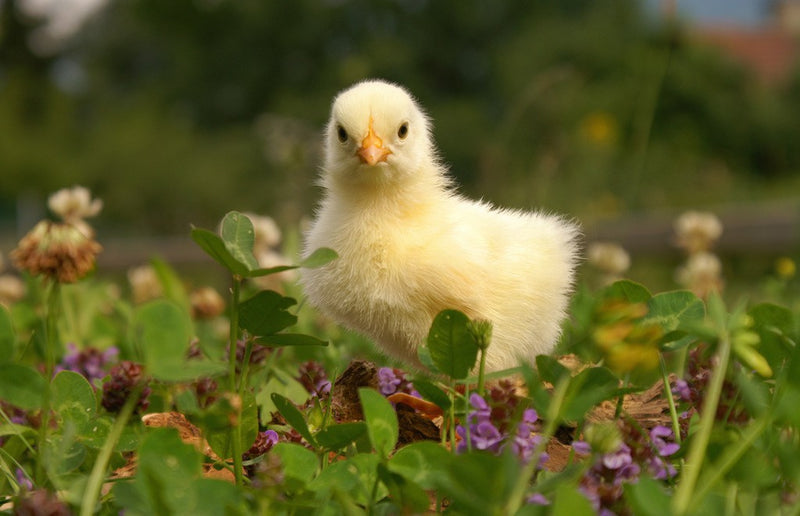
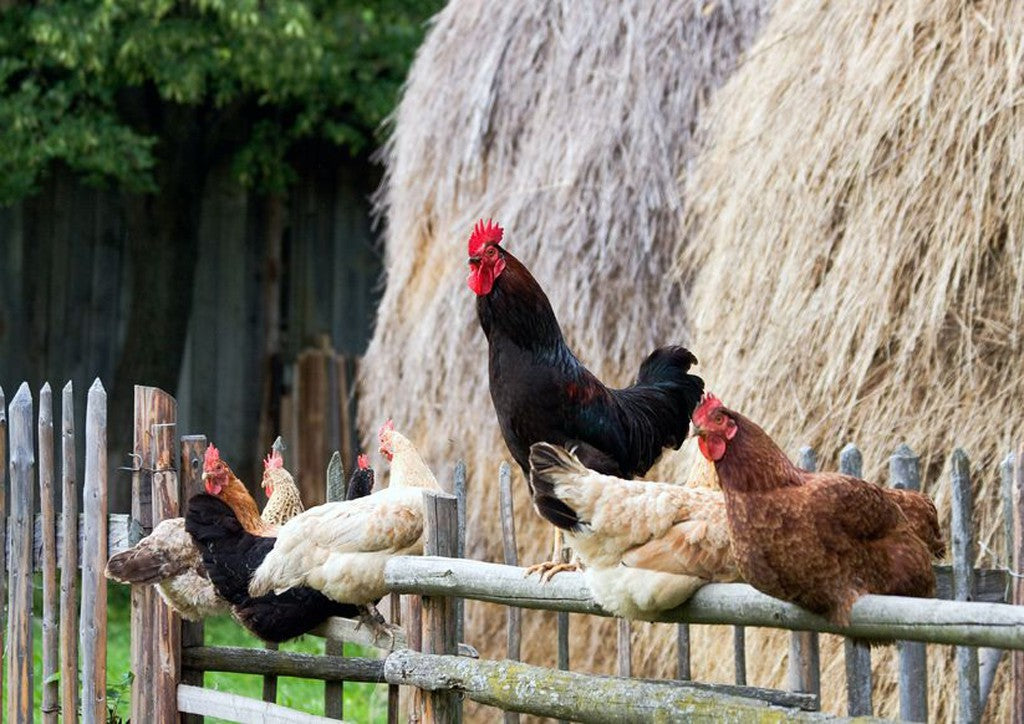
Garden chicken instead of turbo chicken
When the rooster struts across the property, loudly calling "cock-a-doodle-doo" to announce its claim to the female birds, and the hens busily scratch for worms, you're probably on a farm holiday. That's what many people think. Keeping chickens in the garden seems out of the question to many garden owners. But not so long ago, things were quite different: In the years following World War II, crows could be heard from almost every garden. Your own chickens provided you with eggs and, when their time came, a juicy roast or hearty chicken broth.
But then factory farming took off. Turbo-powered chickens laid eggs in batches, and thanks to pharmaceuticals and concentrated feed, broiler chickens were ready for slaughter in a very short time. Eggs and chickens were cheap, and the incentive to keep one's own chickens disappeared. Chicken farming became something for enthusiasts. But now, the backyard chicken is experiencing a renaissance. The way in which chickens in conventional chicken farming are forced to produce eggs or are fattened until they are ready for slaughter leaves no one unmoved. Studies documenting the systematic use of antibiotics are just as unsettling for consumers as the discovery of dioxin in organic eggs.
"If you want happy chickens, you have to take care of them yourself," demand the activists of PROVIEH, an association that advocates for species-appropriate animal husbandry. "Farmer rooster instead of turbo chicken" is their slogan. Four hens and one farmer rooster should once again populate our gardens.
Low-conflict chicken farming – is that possible?
Is it really that easy – keeping chickens in the backyard? Don't they require a lot of work and mess? And what does my neighbor say when he's woken up at the crack of dawn by the crowing of my farm rooster? "The animal wake-up call often leads to problems," confirms Ralf Müller. The qualified agricultural engineer and avowed chicken fan has tips and a solution: "Inform your neighbors about your plans. Try to get everyone around you on board with the idea. And if necessary, bribe them with the promise of fresh organic eggs directly from your neighbor."
The technical solution sounds simpler and requires less diplomatic skill: "Install an automatic door opener on the chicken coop, controlled by a timer, that only lets the chickens out when the rooster's crowing is no longer so disturbing." Since roosters do indeed crow in competition with each other, one rooster should be enough - for the sake of peace.
Keeping chickens is not complicated
The effort required to clean the chicken coop and feed five chickens is actually manageable. And the mess chickens make is negligible with such a small number. Moving your chicken coop to a different location every few weeks will prevent bald patches. There are no breeds that don't scratch.
"Newbies should start with so-called hybrid chickens. These birds are purchased at 22 weeks of age as laying hens. They are fully vaccinated and generally healthy," recommends Mr. Müller. After two years, the hybrid chickens are then potted, and you can try pedigree chickens.
Chicken shoots ball into the goal
By the way, it's not true that chickens are stupid. You can teach a chicken to kick a ping-pong ball into a goal in two days – if you practice with it and reward it. Chicken lover Ralf Müller tells this story with a laugh.
Chicken compact
Chickens lay eggs even without a rooster • Whether an egg is fertilized cannot be seen from the outside • The wild ancestors of our chickens probably come from Asia • There are 180 different chicken breeds in Europe • The unborn chick breathes through the air-permeable calcareous shell • “Houndstooth” is the name given to red blood spots in the yolk • Chickens live an average age of 10-15 years • After two years, egg-laying performance decreases •
The egg
In 2010, the average German consumed 214 eggs. A laying hen in a battery cage lays 320, while an organic hen fed with organic feed lays 240 eggs per year. The color of the eggshell is genetically determined. Chickens with white earlobes lay white eggs, while those with red earlobes lay brown eggs. The age of an egg can easily be tested in water: A fresh egg sinks to the bottom. The older the egg, the higher it rises.
For food
Chickens have a broad natural diet. They peck at seeds and insects, eat berries, grasses, and leaves, or scratch for worms.
A medium-sized chicken needs about 130 grams of complete feed per day. If your chickens are putting on weight, it's best to reduce the amount of feed. Organic feeds are recommended. In winter, you can offer fruit or beets in the coop. Chickens are very thirsty and can drink up to 250 ml of water a day.
Self-built
The size of the coop depends on the number of chickens. Organic certification requirements state that up to seven birds can be kept per square meter. Each chicken is also entitled to 10 square meters of outdoor space. The more space the birds have, the greater the social harmony. The coop should be protected from moisture, standing on stakes or casters, and be draft-free and dry. Don't forget the windows.

